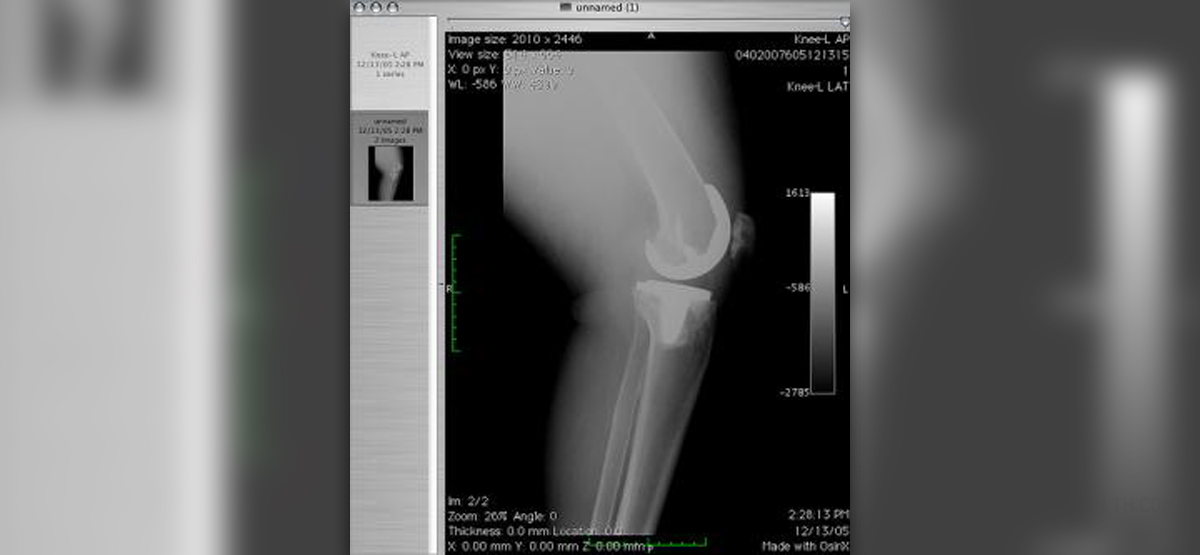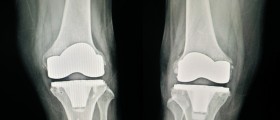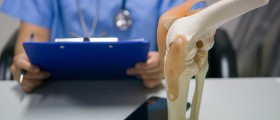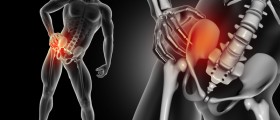
Knee replacement surgery
Knee replacement surgery is the one of those surgeries that are usually very successful in the majority of cases (96% of the patients that underwent this surgery had no complications at all, although it is a complex procedure). Sometimes complications during knee replacement surgery occur.
Complications of knee replacement surgery
When a complication appears, it is usually in the form of a blood clot in the leg. It is not very serious if the blood clots stay in the veins in the leg, but if they travel through the heart to the lungs, they can cause pulmonary embolism, which can be fatal. Infection is the most serious of all complications that may occur during the knee replacement surgery. Sometimes, though rarely, bacteria can penetrate into the open wound during the surgery. Usually the infection occurs after joint replacement. The patients with rheumatoid arthritis or diabetes, as well as those who take cortisone for a long period of time, are at grater risk to get the infection after knee replacement. It also occurs that an infection appears after many years, because bacteria from some other source in the body can reach the artificial joint traveling through the bloodstream.
The most important long-term complication is loosening of the prosthesis from the bone, which depends on how the surgery is done, the quality of the bones, the activity of the patients, the weight of the patient and the design of the implant. A good specialist, the hard bones, minor activity, low weight and well-made implant are the factors that will prevent loosening of prosthesis. Other complications that can appear are wound healing, nerve damage and patellar complications, as well as injuries of the arteries of the leg, loss of knee motion and bleeding complications. Rarely, the skin wound over the knee does not heal totally, or the peroneal nerve is damaged. This nerve has the role to bring the foot up.
One serious complication, although very rare, is the injury to the arteries of the leg that are just behind the knee joint. This is very serious condition because a leg can be lost. There are cases when a patient after the surgery develops excessive scar tissue in the knee and arthrofibrosis or decreased bending of the knee occurs as the consequence. Anesthetic complications and allergies to the metal parts of the implants are just some of the complications that may appear during the knee replacement surgery. Furthermore, AIDS from blood transfusion; fat embolism and numbness around the area of the wound are also possible, but very rare complications of this type of surgery.

















Your thoughts on this
Loading...